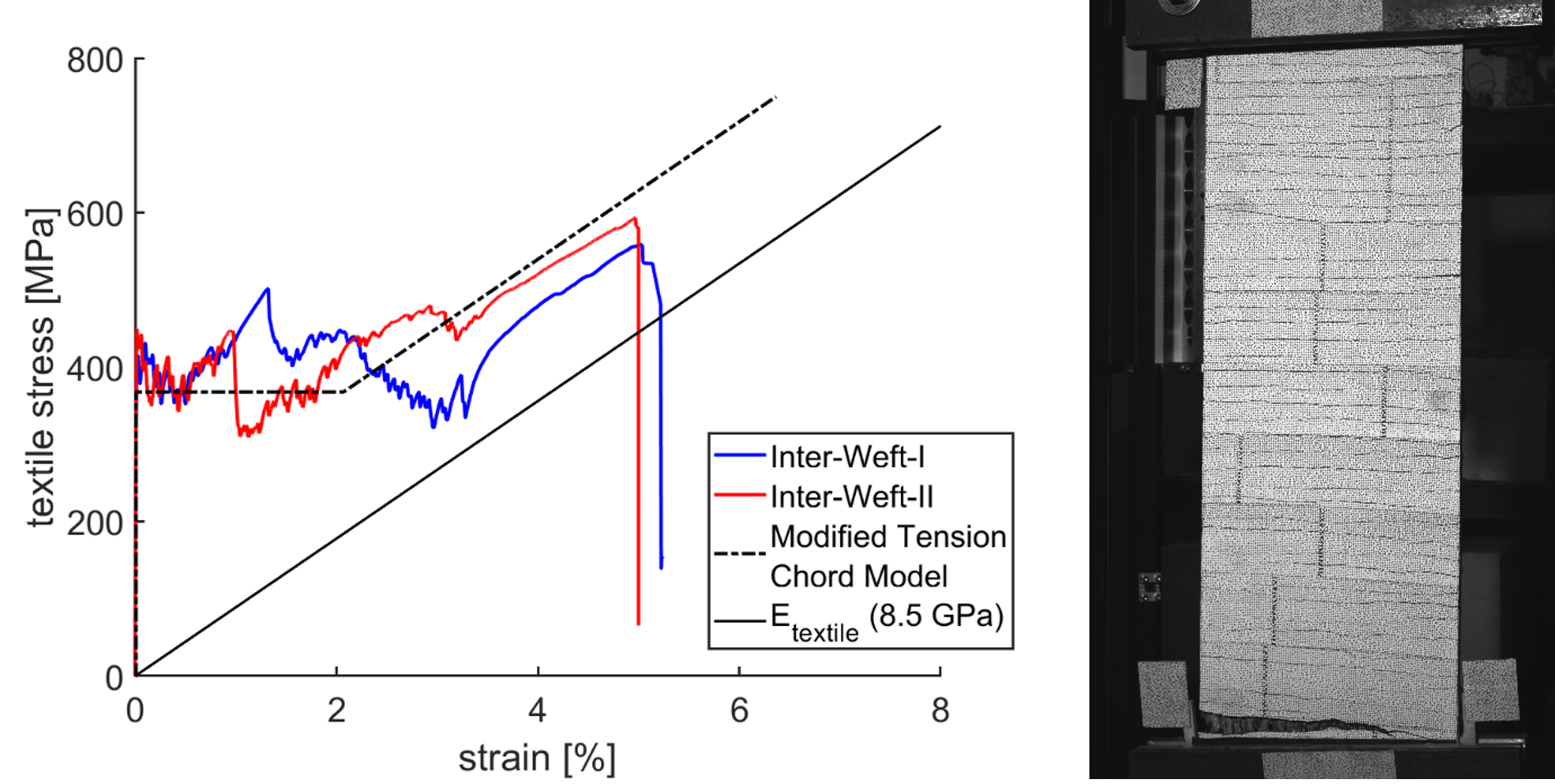Load-deformation behaviour of tension ties with weft-knitted textile reinforcement
Author: Seraina Buholzer
Language: English
Abstract
Textile reinforced concrete has gained a lot of interest in the last years. The use of non-corrosive high-strength fibrous materials allows the construction of much thinner elements compared to conventional concrete structures with conventional steel reinforcement. Most studies have addressed commercially available woven textile reinforcement that are formed as bi-directional grids of straight rovings. However, there is a big potential in weft-knitted textiles since they exhibit a wider range of possible geometries and also doubly-curved surfaces without the need of stitching multiple patches together. This advantage has been showcased in the KnitCrete technology (developed by the Block Research Group), which is a knitted stay-in-place fabric formwork. The textile is tensioned and initially coated with a thin layer of high-strength cement paste. The concrete is eventually cast on the stiffened fabric formwork. The integration of reinforcement in the construction process has not been solved yet. A potential approach is the combination of formwork and reinforcement as one element and construction step, which can considerably improve logistics on site.
This thesis investigated the load-deformation behaviour of weft-knitted textile reinforcement in uniaxial tension. In an experimental study, 24 specimens (width of 200 mm, thickness of approximately 15 mm and free length of 500 mm) were manufactured and tested to failure. The study focused on the variation of knitting patterns, materials for the fibres and the coating. Experimental results showed that the textile reinforcement significantly improved the post-cracking behaviour in terms of strength and deformation capacity. However, challenges arise due to the very low efficiency utilisation (around 20%) of the fibres compared to their notional tensile strength. The interlocked structure of the loops within the knitted textile and the brittleness of the fibre material are the main factors for the premature failure. Straight inlays and the use of epoxy instead of cement paste as the coating can significantly increase the utilisation of the fibres. Although these experiments have shown first promising results, more research is needed to discover the spectrum of potential applications for this novel building material.

